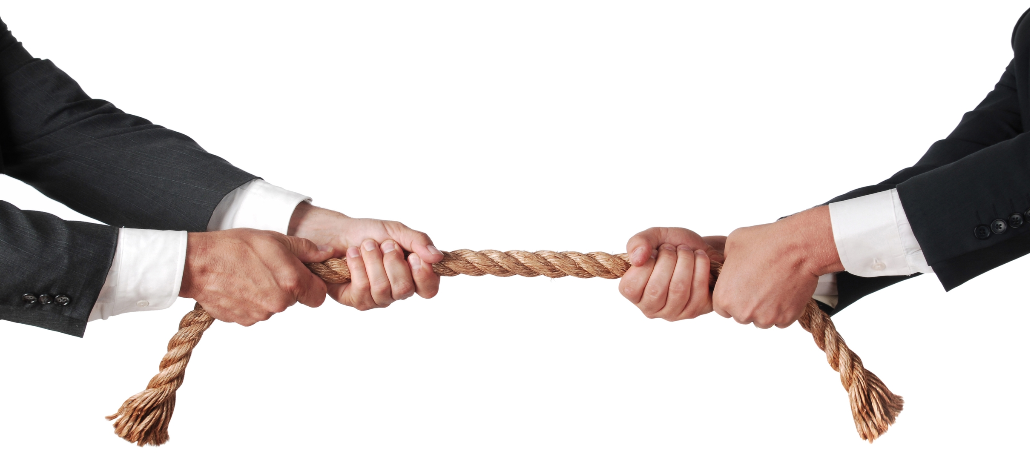Scott Steele, Contributor, Sr. Consultant, Raymond James Financial Services, Inc.
As part of our advising on acquisitions, practice valuation is a core part of our offering and an area that consistently draws high interest from advisors. Even though there are numerous articles citing common valuation multiples for practices, there are many advisors that come back disappointed in the valuation number that they receive. They can’t necessarily make a great argument as to why that valuation number is low, but it just doesn’t seem like enough. It would be accurate to cite something like the endowment effect (people overvalue things that they own), as a behavioral bias for this phenomenon. But, it only tells a small part of the story; when in fact, it is a very rational conclusion. Advisors feeling that their practice is undervalued can be explained by the discount rates used to value a practice.
That isn’t to say that the discount rates used to value financial practices are too high either. The issue comes from the asymmetric information inherent in selling a relationship based business! Let’s take a step back and explain what discount rates are used for. If someone were to buy a business, they are exchanging cash today for the future cash flows of that business. But, those future cash flows are uncertain and therefore risky. To compensate an investor for that risk, they discount those future cash flows using a rate. That rate of return represents the return an investor would require given the riskiness of those future cash flows. Generally, discount rates for financial services practices range from 15% to as high as 25%. The average rate of return for small cap stocks over the past 80 years is 12.7%. Given that financial advisory practices are much smaller than the average small cap stock, less liquid, and highly regulated, it is not hard to argue for a risk premium to get to that 15% – 25% range. But, more importantly than all those factors, the advisor is selling a relationship! The intangible nature of the business adds a very serious risk to a potential buyer.
‘
These required rates of return for potential buyers represent the riskiness of the future cash flows for themselves, not the riskiness of the cash flows for the current advisor. The current advisor has established trust with clients, knows their financial situation in-depth, and has likely been friends with those clients for years. The risk of losing their clients is limited. Their future cash flow stream is much more predictable and stable than a prospective buyer’s. Thus, the current advisor’s discount rate is much lower than a prospective advisor’s. The lower discount rate implies a higher valuation. This is why advisors rationally feel their practice is worth more than a buyer is willing to pay for it.
‘
If price is the only consideration for a solo advisor looking to sell their practice, that advisor would be better off keeping the practice and not selling it. Knowing that price is only one factor in most advisors’ decision to sell, this fact alone will not necessarily stop an advisor from selling. But, it is important to note that:
‘
To the Buyer: No, the seller is not completely unreasonable
To the Seller: No, the buyer is not trying to low ball you
‘
There are ways to make the information between buyer and seller less asymmetric to close that valuation gap. We will cover some of this in future posts.
One thought on “You’re Not Worth as much as you think”
Comments are closed.


Thoughtful piece that goes against the traditional grain of a pure top line only approach. Valuations are always subjective, but having buyer and seller understand there is more than one approach is what will by a catalyst for change in the industry.